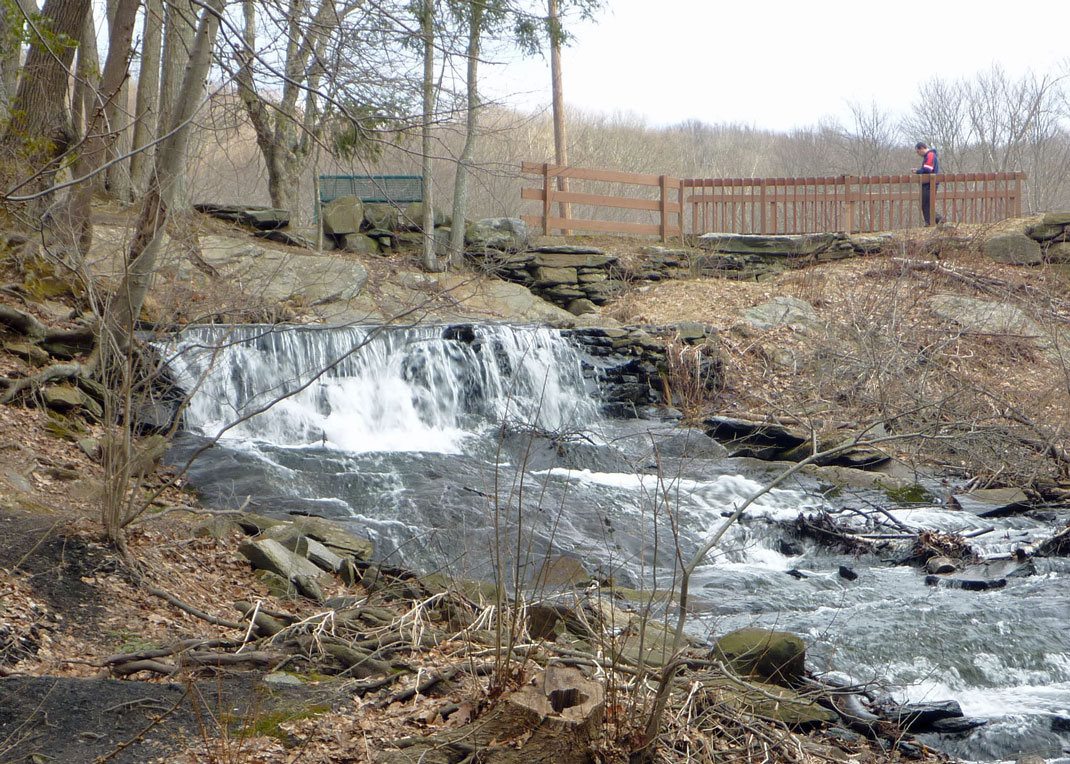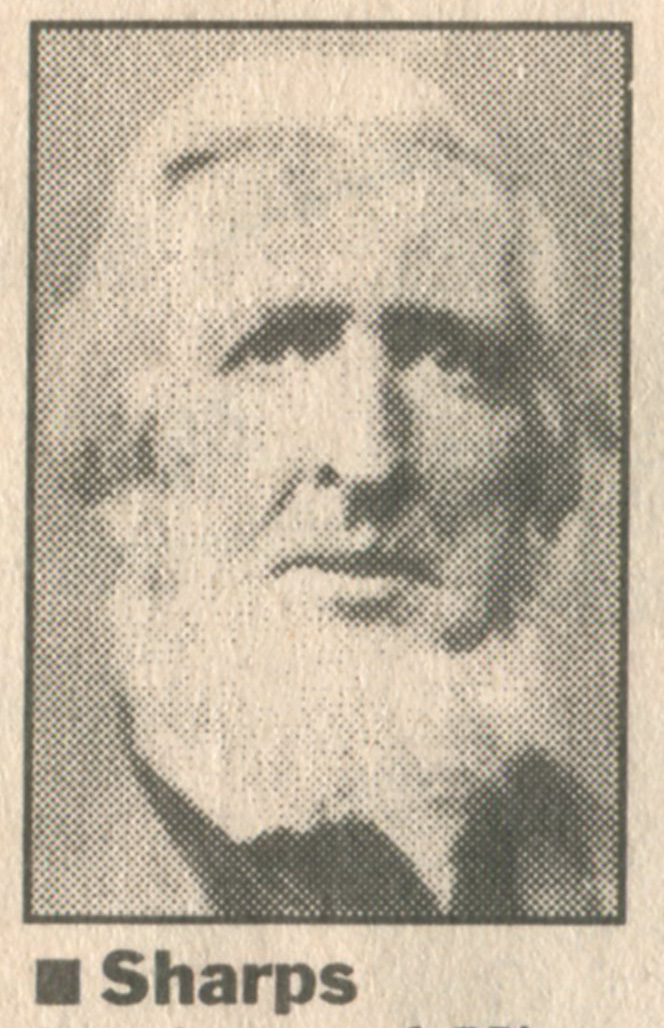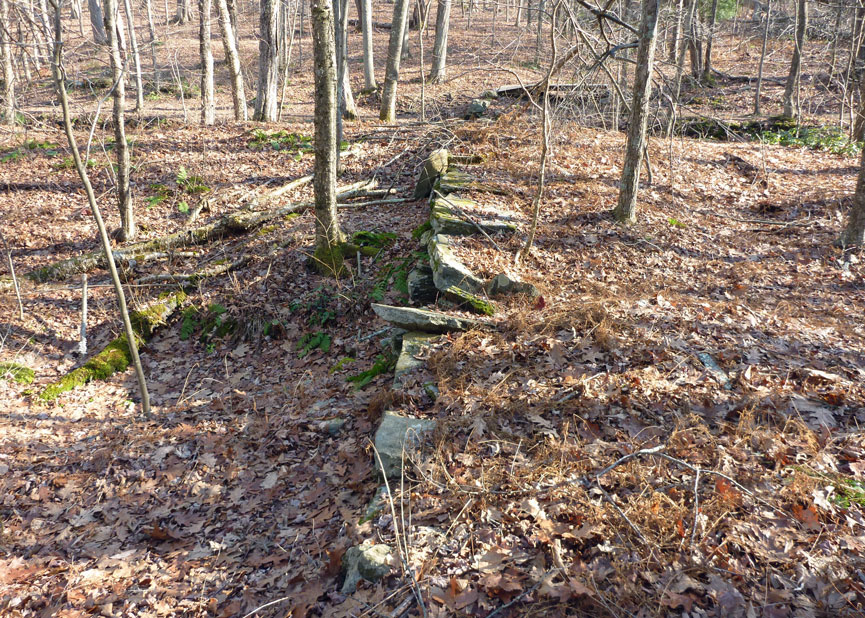 |
| Home | Geography | History | Biology | Recreation | News | Resources |
| Valley Falls Farm |
The History Of Valley Falls ParkThe following history of the Valley Falls area was researched and written by Carol & Ronald Burke. It covers the area history from the earliest mills through the Lyman Farm era, the coming of the railroad, rise and fall of the mill, Christian Sharps fish farm, the Beach era and finally the preservation of the park in 1964. Our thanks to the Burke's for bringing all this together. Download or print the text of this article in pdf format. The Bolton Period and Early Mills
Valley Falls Park is in that part of Vernon which was once North Bolton. The name "Valley Falls" appears in the Bolton land records as early as 1730 (vol. 1, pg 276). On March 5, 1741 (vol.2, pg. 173) there is an entry of a land transfer "from Stephen Johns to Hugh Johns, including Hugh Johns saw mill". This information confirms that the water in what is now Valley Falls Park was already in use to operate a saw mill by that date. These early references to a saw mill also verify the existence of a dam since the water level of the pond would have had to be raised to a height sufficient to power the sawmill. A Bolton land record entry of September 11,1794 contains a reference to a lease from Ezekiel Olcott to Levi Carpenter, Samuel Field, John Olcott and Samuel Cooley: "a piece of land or mill place where Hugh Johns formerly had a saw mill, privilege to repair dam of ponding and flowing sufficient to a mill". In a January 30,1809 Bolton record, there is a reference to a transfer of a "one-eighth interest in an oil mill in the Second Society, 6th Division of Valley Falls, abutting Obadiah Strong". This "oil" mill was used for flax-oil extraction until 1847 and apparently later used for "wool-carding and spinning." (Tolland County Journal of June 13,1867). The Anson Lyman Farm, the Railroad, and the Dam
While the mill prospered from its flax-oil extraction and later its wool and weaving activities, the surrounding farm land was being acquired by Mr. Anson Lyman "parcel #1, ...97 acres including an oil mill and a bam; and another parcel "including an old house standing thereon" (Vernon land records, April 7,1836, Vol. 4, pg 181). This combined property was identified as the Anson Lyman farm for almost 30 years (1836 to 1863-4). It is in the land transaction records involving Anson Lyman that the first indication of a railroad eventually coming through the Valley Falls area is found (Vernon land records of December 13, 1848 (Volume 7, pg. 517). In that transaction, Anson Lyman deeded "nine acres and a strip 6 rods wide to the Hartford and Providence Railroad Company for $113. This railroad would eventually be cut into the side of Box Mountain just above and to the west of Valley Falls Park. The need for additional water power at the mill is seen in a transaction recorded on June 24, 1852, where Mr. Lyman granted permission to the operator of the mill to raise the height of the dam. On July 19,1854, only two years later, the height of the dam was again raised. This time the records cite "The Valley Falls Company" as the operator of the mill (Vernon land records, vol. 9, pg 182). In 1859, this company acquired financial assistance to operate the mill through a mortgage from the Savings Bank of Rockville (Vernon land records, July 8,1859, Vol. 11, pg 246). On May 4, 1860, the mill was sold by Lebbeus Bissell, agent for the Valley Falls Company, to William Ladd: "4 acres, a factory, other buildings including a stone house, 4 spinning frames, 1 spreader, 1 dressing frame, 1 warfer, 1 spooler, 1 kneifer, 1 scratcher, 1 turning lathe". In 1865, the mill was deeded to Charles Ladd. After the death of Anson Lyman, sometime in 1863 or 1864, the 150 acres which he had accumulated were sold to Samuel F. Bradley. Christian Sharps: From Rifles to Fish
In 1871, Samuel Bradley sold the 150 acre 'Anson Lyman Farm" to Christian Sharps of Philadelphia for $9,000, with Mr. Bradley holding the mortgage for the transaction. In a separate transaction, Sharps’ wife, Sarah Chadwick Sharps purchased 15 acres and a house from Nathaniel Talcott near the Vernon Depot. This house still stands on Birch Road and bears the Vernon Historical Society marker identifying the house as that of "N. Talcott". Christian Sharps was best known as the inventor of the Sharps rifle, considered one of the finest carried by Union Soldiers during the Civil War. Some of his rifles were manufactured in Hartford (Connecticut Historical Society documents). Through his military connections, he knew that a Col. Thompson had successfully opened a fish hatchery in West Springfield, and this may have led him to search for a likely spot to open a similar business in this area since the demand for large production runs of rifles had diminished by this time. Sharps established a trout breeding business in the "Bradley/Anson Lyman Farm," built a cottage at the south end of the pond and installed pools, pentstocks and a hatching facility. He had a capacity to hatch 300,000 trout per year. A full description of his facility can be found in the Tolland County Journal of Friday, July 25, 1873. Some sections from that article are as follows:
"In order to secure enough of this favorite stream to work out successfully ... Col. Sharps (decided to buy) the Bradley farm....by agreement with the owner of the mill, Col. Sharps has control of the pond. About a half mile south of the mill... a one storey cottage has been built ..for the use of the man in charge. There is a hatching house furnished with galvanized iron troughs through which the water is continually kept flowing. ...Choosing of their mates by the males is sometimes a serious business fight one another....the females take no part in the strife. In a pool of 2 to 3 rods square and 2 to 3 rods deep, upwards of 1,000 lively fellows... spend their time sporting and jumping about. If his (Col. Sharps) expectations are realized, he will be the largest trout producer in the United States. Christian Sharps died suddenly on March 13, 1874 at his home in Vernon Depot (See Tolland County Journal, Friday, March 20,1874). The trout raising facility was abandoned after his death, and his family left Vernon. After Sharp's death, Samuel Bradley reclaimed the property and over the next 35 years, the property was transferred among purchasers on at least ten occasions. Purchasers came from as far as New York City and Buffalo to buy the famous man's trout farm. Read more about Christian Sharps and his trout farm. The Valley Falls Mill BurnsOn February 3,1877 a fire destroyed the mill and ended the era of manufacturing in this part of the town (see Tolland County Journal, February 9, 1877). The newspaper article described the fire as follows: "Early Saturday morning the 3rd..., the small cotton mill in Vernon, known as the Valley Falls Mill, owned by C. A. Ladd, was totally destroyed by fire. The morning fires were started about half past five, after which the mill was left alone for a little while. It was not long before the flames were seen breaking out of the roof near the chimney. In a short time the whole structure, a two story frame building 32 X 72 standing on a high stone basement was entirely destroyed, together with the cotton machinery with which it was well filled. The location of the mill is in quite an out of the way place, the only building standing near being the boarding house which was occupied by the lessee, Mr. Briggs. That was saved, owing to the stillness of the morning, although some of the furniture was removed under the apprehension that the house would burn. The article continues on to describe the small insurance policies held on this cotton-twine mill and its contents, including $500 insurance from the Aetna on its stock, and $100 on a bailing machine through Bissell and Son. It also notes the financial losses beyond the value of the policies which were suffered by Mr. Briggs, the lessee of the mill. Count MunchowIn 1910, the property, still called the Christian Sharps farm, was sold to Hans Munchow, but the mill site of seven acres was added to the land purchase. Munchow was supposedly from Hungarian aristocracy. His demeanor and lifestyle while living in Vernon seemed to confirm this. He was often seen riding his horses over his land or riding in his carriage with one or two of his Great Danes. In addition to the existing house on the property, he was responsible for building the beautiful horse stables and out-buildings on the north side of Valley Falls Road as it approaches Bolton Road. He is also credited with rebuilding the barn which stands opposite the house, stable and outbuildings. This barn is now part of Valley Falls Park. Only two years later, Munchow transferred this property to his wife, including tax liens and an attachment. He apparently left Vernon (supposedly to go to Hollywood to produce motion pictures) and within a year of that transfer (1913) Mrs. Munchow sold the land to Anna Werner of Fredericksburg, Virginia and also left. No explanation has been found as to why someone with a Virginia address purchased this farm in Vernon. The Beach FamilyIn 1915, only two years after she purchased the Munchow/Sharps farm, Anna Werner sold the 157 acres to Mary Batterson Beach, who purchased the property for her husband, Dr. Charles C. Beach and herself. Mrs. Beach was the daughter of James Batterson, founder of the Traveler's Insurance Company. Within the next two years, the Beach Family built a large formally landscaped summer home on Bolton Road, featuring an extensive arbored rose garden and a tennis court. The family also installed a concrete swimming pool and small patio west of what is now the entrance road to Valley Falls Park. The pool was located between the sluiceway dam and the ruins of the old mill. A triple-bay concrete filtering system was used to minimize the movement of sediment from the pond into the pool. The installation of a private swimming pool was most uncommon. It is believed to have been constructed in the early 1920's for the enjoyment of family members and grandchildren. Dr. and Mrs. Beach had sold their first summer home which faced the bay in Waterford with direct access to the water, but travel time from Hartford to Waterford compared to that of Hartford to Vernon made the "Valley Falls Farm" more desirable. The concrete filtering system openings and the pool have been filled in for safety, but the patio still remains. Over time, Mrs. Beach purchased an additional 109 acres, some of which was added to the original 157 acre "Sharps/Munchow" holdings, thereby extending that section (eventually Valley Falls Park) to the Bolton town line. Additional acreage was purchased along the east and west sides of Bolton Road and along Hatch Hill. Homes for other members of the Beach family were built on some of these properties. The former Anson Lyman/Christian Sharps/Munchow farm was brought to full operation under the Beach family's ownership. Members of the Darico family, long-time local farmers, were hired as full-time managers. Dr. Beach thoroughly enjoyed the rural atmosphere. Whenever he could arrange time away from his medical practice, he could be found strolling around the farm and even more often, fishing in the stream and pond. In addition, the farm had vegetable gardens, pastures, chickens, and pigs. Milk and eggs in addition to the produce from the fields were stored in cool, underground cellars, or marketed in Hartford and surrounding towns. The still-handsome barn on the property housed the small milking herd. This barn can be seen east of the park's entrance where Valley Falls Road approaches Bolton Road. The Beach family's year round home was located on Woodland Street, Hartford, not far from the Mark Twain/Samuel Clemens home. The Beach's house had been designed by the renowned architect, George Keller, architect for the Memorial Arch in Hartford and other large municipal structures (George Keller, Architect, The Stowe-Day Foundation, 1978). The large summer home built for them on Bolton Road was designed by Edward Hapgood (see Architectural Conservancy publication, Melvin and Edward Hapgood, Guide to the Exhibit). When Dr. and Mrs. Beach no longer came to Vernon for extended summer stays, their son, Charles B. Beach used the Bolton Road house as his permanent home. In 1958 Charles Beach sold the house and all the Beach land holdings to Jones and Lyon of Essex, CT., a land development company. Although some pieces of the property along Bolton Road were sold to individuals by the company, the land "in the valley" remained unsold. This intact land area, unified and cared for by the Beach family, would eventually become Valley Falls Park. When Jones and Lyon decided that residential development in the valley area of the land was not feasible, it was offered for sale. The Vernon Fire District To The RescueAt the time the land became available, there was little support within the City of Rockville for increasing taxes to pay off bonds to purchase this "woods" at the edge of town. The volunteer fire companies which served the rural areas of town often held various drills and practice sessions at the pond at the invitation of Mr. Charles Beach, who also served as one of the rural area's fire commissioners. The volunteer fire department members knew the area best and vigorously campaigned to have the land preserved from future development. Residents in the rural area of Vernon (the Vernon "fire district") voted to support bond payments by self-imposed taxes and to purchase 130 acres of the available land(1962). This situation focused on the fact that there were three public-service and taxation areas in Vernon (the City of Rockville, and beyond the city limits of Rockville the rural "Vernon Fire District", and overall, the Town of Vernon itself). To correct this complicated public-service and taxation structure, a referendum was held and approved on July 1, 1964 to consolidate the various sub taxation sections of the Town. The 130 acres purchased by the residents of the Vernon Fire District were, therefore, incorporated into the properties governed by the Town of Vernon as a whole. In 1972, Jones and Lyon donated the un-developable remaining 63 acres of the valley area to the Town. It is from the combination of the original 130 acres purchased by the residents of the Vernon Fire District and the 63 acres donated by Jones and Lyon, that the current 193 acre Valley Falls Park was formed. |
Home | Activities | News | References | Search | Site Map | Contact Us © Copyright The Tankerhoosen. All rights reserved. |


